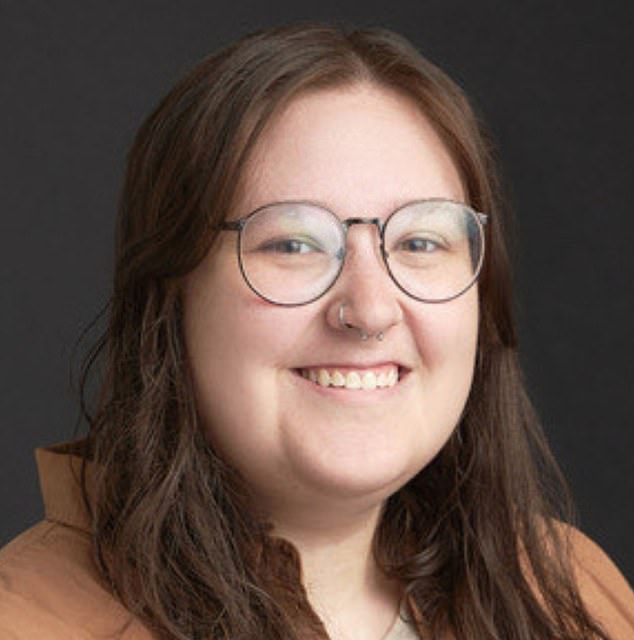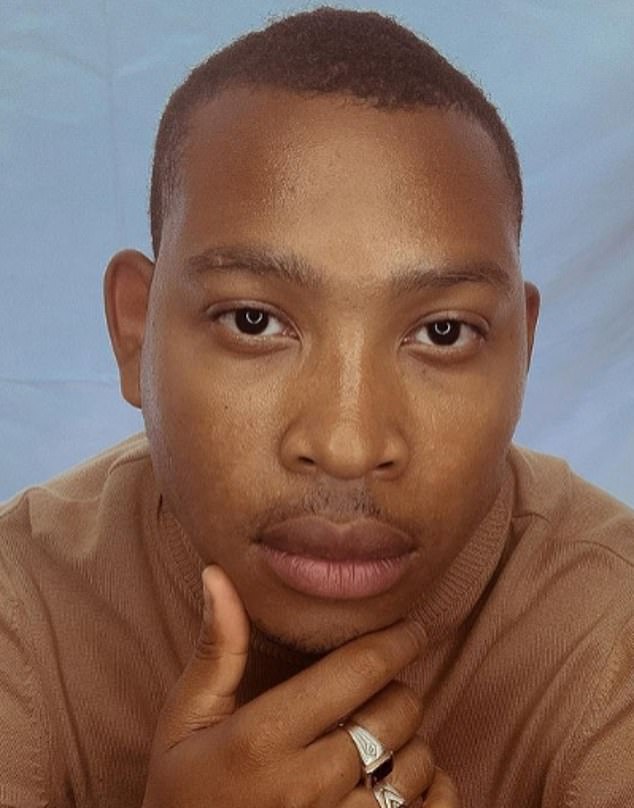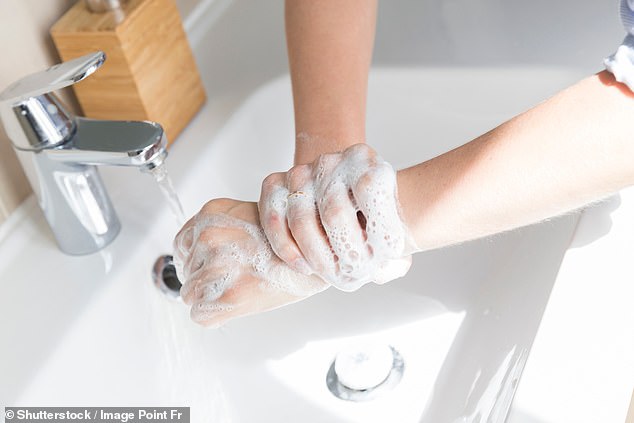People suffering from a crippling condition reveal why it’s more disabling than anxiety
Millions of people suffer from anxiety. Some get it before a job interview or exam, but others deal with crippling, anxious thoughts almost constantly.
However, experts believe that these compulsive thoughts are not anxiety at all; they may actually stem from obsessive-compulsive disorder (OCD).
OCD is a mental health condition that causes people to experience unwanted thoughts and repetitive behaviors.
Stereotypical representations of the disorder include excessive hand washing or repeatedly checking whether you have locked the door.
But some of the roughly three million OCD sufferers in the US say that’s far from the whole picture. Although the condition leads to disruptive and often repetitive compulsive behaviors, it is the persistent, intrusive thoughts that are the most challenging.
Some people may have OCD tendencies – such as wanting a tidy house – but have not been diagnosed with clinical OCD. The condition becomes worrisome when feelings of fear, disgust or incompleteness increase to the point that they begin to dominate and significantly interfere with a person’s ability to live their life, doctors and patients say. NPR.
There are different subtypes of OCD. They all involve obsessive and compulsive thoughts, but can be related to different concerns, such as relationships.
Sarah Jaley, a native of Washington, D.C., said, “I kept thinking, we should break up because I’m not good enough, or maybe there are better matches for us somewhere else. I could worry about that every day and cry a lot about it.’
Sarah Jaley, a native of Washington, DC, said she often thought, “We should break up because I’m not good enough.” She found herself in these thoughts every day and often cried about them. Photo courtesy of Facebook

Elizabeth Vossen, a 26-year-old therapist from Boston, described her Pure Obsession OCD as “normal thought patterns in overdrive.” Photo courtesy of LifeStance Health
For Michael, 27, from Greenville, South Carolina, his obsessions revolve around questions like: What if I get cheated on? What should I do if the person I’m dating isn’t a good fit for me? What if we don’t end up together? What if I don’t really love them? Or, what if they don’t love me?
Both have relationship OCD, a form of Pure Obsession OCD, which is referred to as Pure O on online message boards.
Pure OCD can be difficult to detect because, unlike OCD that manifests physically, pure obsession OCD is often invisible. About 10 percent of OCD patients have this Pure O subtype.
Elizabeth Vossen, 26, from Boston, describes her Pure O as “normal thought patterns in overdrive.”
Initially, she believed that her obsessions were useful for her work as a therapist. They sound like, “Did I say the right thing?” Did I do the right thing? Was I empathetic enough? Did I provide the right amount of help?,” Vossen said.
She added, “And there’s always a part of me that says, isn’t that right, don’t I want to think really hard about becoming a good therapist?”
However, these thoughts became so intense and compulsive that they went beyond “normal” ruminations or concerns about past interactions or how others perceive them.
When she fixates on a past interaction, she feels compelled to analyze it deeply until she feels better, even if no new insights emerge.
Vossen no longer works with clients with OCD because the obsessive thoughts became too much for her. After a patient shared a particular obsession, she began to experience it herself.
She said: ‘I asked about the nature of their intrusive thoughts and they said, “Oh, I imagine all my teeth breaking. And I imagine taking nail clippers and cutting my teeth.”
“And now every time I cut my nails or brush my teeth, I think about breaking my teeth and I even clench my jaw to feel like they’re all still there.”
Meanwhile, Shaun Flores, 30, has been diagnosed with sexual orientation OCD.
People with SO-OCD may experience persistent doubts about their sexual orientation, fear of being or becoming gay, concerns about being perceived as having a different sexual orientation, fear about how their orientation might affect relationships, and fear of their to deny true orientation. .
It is believed to have an influence approximately 315,000 Americans.
Mr. Flores: “I became obsessed with the idea that I would suddenly become gay overnight.
“So I would avoid people, avoid men. I didn’t want to watch my favorite things, like boxing or martial arts, because the men were half naked.”

Shaun Flores, 30, has been diagnosed with sexual orientation OCD. He explained that he became fixated on the fear of suddenly being gay. Photo courtesy of the International OCD Foundation

Everyone reconsiders or checks things sometimes. Not all repetitive thoughts are obsessions, and not all rituals or habits are compulsions
His OCD led him to believe he was HIV positive, causing him to get tested repeatedly because he couldn’t trust the results.
Mr. Flores grew up in a conservative Christian family in London, where homosexuality was considered a mortal sin.
He said: ‘I was once deeply homophobic. As I got older, I realized that people can’t choose who they are. And even if they could, it’s none of my business.
‘You learn to understand that the thoughts do not necessarily reflect a part of you. The brain creates random thoughts.”
OCD usually starts in childhood. Some of the behaviors associated with OCD in childhood include a fixation on germs, the fear of contamination from animals or people, and the fear of touching surfaces.
It can also manifest as fear of accidentally hurting a family member or friend, superstition that bad things will happen, and preoccupation with appearance and organization.
According to mental health experts from the NIHEveryone reconsiders or checks things sometimes.
Not all repetitive thoughts are obsessions, and not all rituals or habits are compulsions.
But people with OCD generally have no control over their obsessions or compulsions, even when they know they are excessive.
They typically spend more than an hour a day on their obsessions or compulsions.
They get no pleasure from their compulsions, but may feel temporary relief from their anxiety.
They also experience significant problems in daily life as a result of these thoughts or behaviors.
Ritual, compulsive behavior and obsessive thinking are physically and emotionally draining.
The condition can make social interactions, work, and even eating nearly impossible. People with OCD may find themselves unable to interact with others in a thoughtful way because they are so preoccupied with their own obsessions.
They may also feel ashamed and afraid of being judged.
People with OCD often avoid situations that cause severe anxiety, leading to social isolation and loneliness that worsens anxiety and triggers feelings of depression and hopelessness.
Treatment for OCD typically involves cognitive behavioral therapy, specifically exposure and response prevention (ERP), which gradually exposes people to situations that trigger their obsessions while helping them resist the urge to engage in compulsive behavior.
